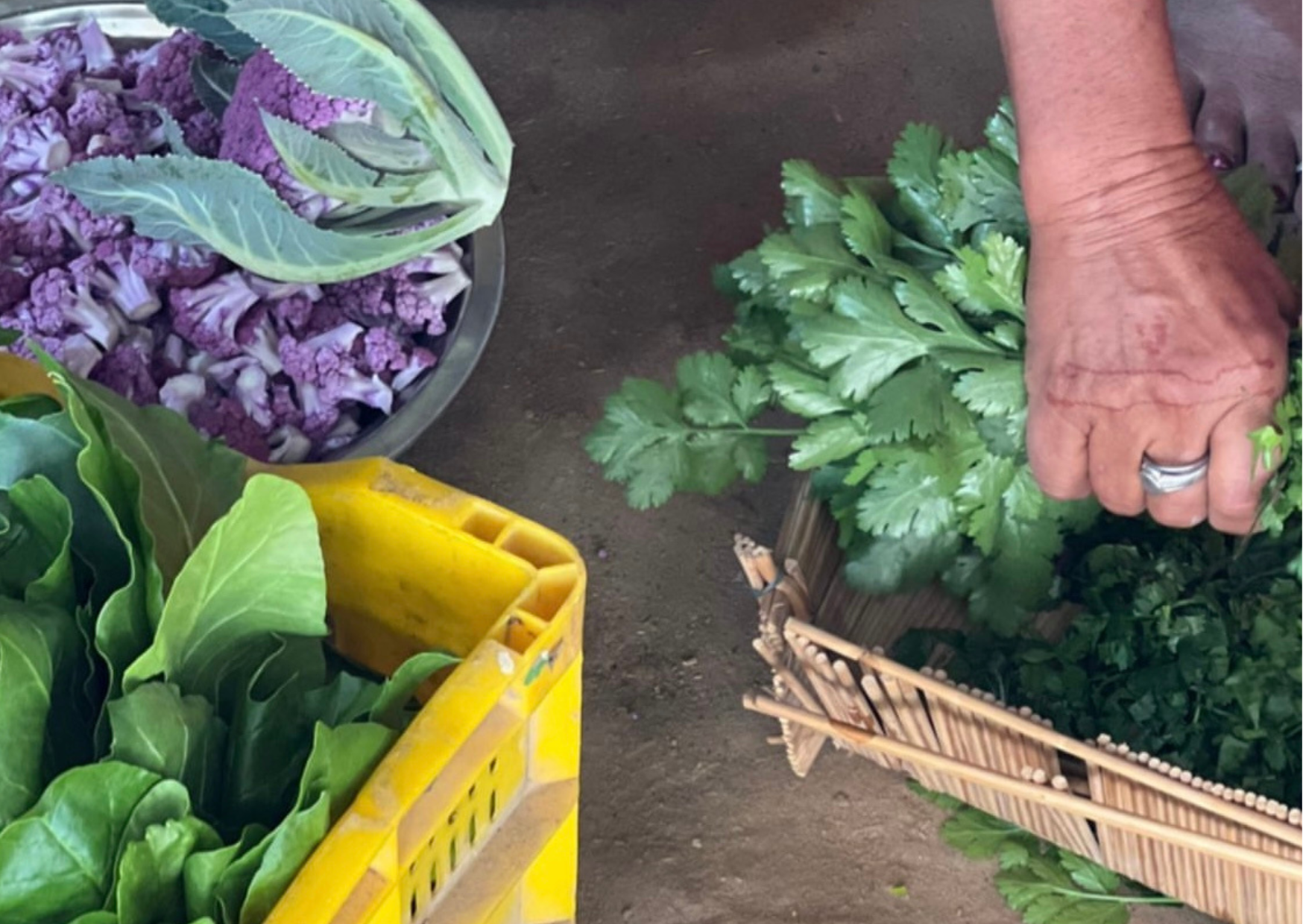
How to document a recipe?
FIELD GUIDE
The best way to document a traditional recipe is to get it directly from those who have been making it for years.
It is a simple 3-step process: Interview, Kitchen Trials & Writing the Final Recipe. Follow along the below guide, document your family recipe and submit it to get published at The Kindness Meal.
Interview
Shortlist the recipe you want to document and the best person who can give you this recipe. It could be your parents, grandparents, neighbours, distant cousins — anyone who has been eating and making it for some time.
Set context and speak at length about their memories with this dish, who they learn it from, and its significance in their life. Next, get down to the actual recipe. Take note of the ingredients and method in as much detail as possible.
An important point to consider is that most of the family recipes are made with approximate quantities and might require some standardisation later. Also, make it a point to note down all the visual and olfactory clues about the cooking method. For example, cook on slow flame until it turns golden brown.
Kitchen Trials
If the recipe provider is comfortable, try making the recipe with them. To start, gather and measure all the ingredients. Note accurate quantities and cooking time.
It is important to measure the quantities as closely as possible because your user might not have seen or tasted the dish ever.
Take pictures of all the key stages of cooking.
Writing the Recipe
Once you are happy with the outcome, start writing the final recipe. Refer to your notes from the interview and kitchen trials. Use consistent terms for ingredients and actions throughout the recipe. Write in an engaging and friendly tone. Share personal anecdotes or tips to make the recipe more relatable. And lastly, check for typos, grammatical errors, and clarity issues.
Key Components of a Recipe:
Title
Keep the title short. While using the traditional name, consider if it requires a short English translation. Ensure that the name indicates what the dish is. For example, Bauturu, a fermented bread.
Description
Share the background story about the dish. Make it personal by sharing memories & anecdotes of your family. Is there any significance of this dish? Is it seasonal? Is it made on any special occasion? Include all the information that you want readers to know before they begin.
Cooking Time & Number of Serving
Note the preparation and cooking time as well as the yield quantity during the kitchen trials.
Ingredients
List the ingredients in their order of use. If the dish has multiple components, list them separately. Example: for the gravy, for the vegetables, for the tempering, etc
Use a standard format for the ingredients (Quantity, Item, Preparation. Example: 3, Onions, chopped)
Mention standard units (teaspoons, cups, grams) and be precise.
Method
Always write step-wise instructions with short and simple sentences.
Start each step with an action verb. Example: "Cook," "Mix," "Chop"
Provide approximate times for each step.
Include tips or variations if applicable.
Tips
Provide any additional cooking tips or variations.
Serving instructions and accompaniment can be included here.
Explain how to store leftovers and how long they will last.
Include nutritional information per serving if you have it.
Have a recipe from your culture that you would want to share with the world?
At The Kindness Meal, we are passionate about documenting the disappearing food cultures of India. To see your recipe published at The Kindness Meal, please fill out this form. Once submitted, someone from our team will be in touch to discuss the details and final story.



